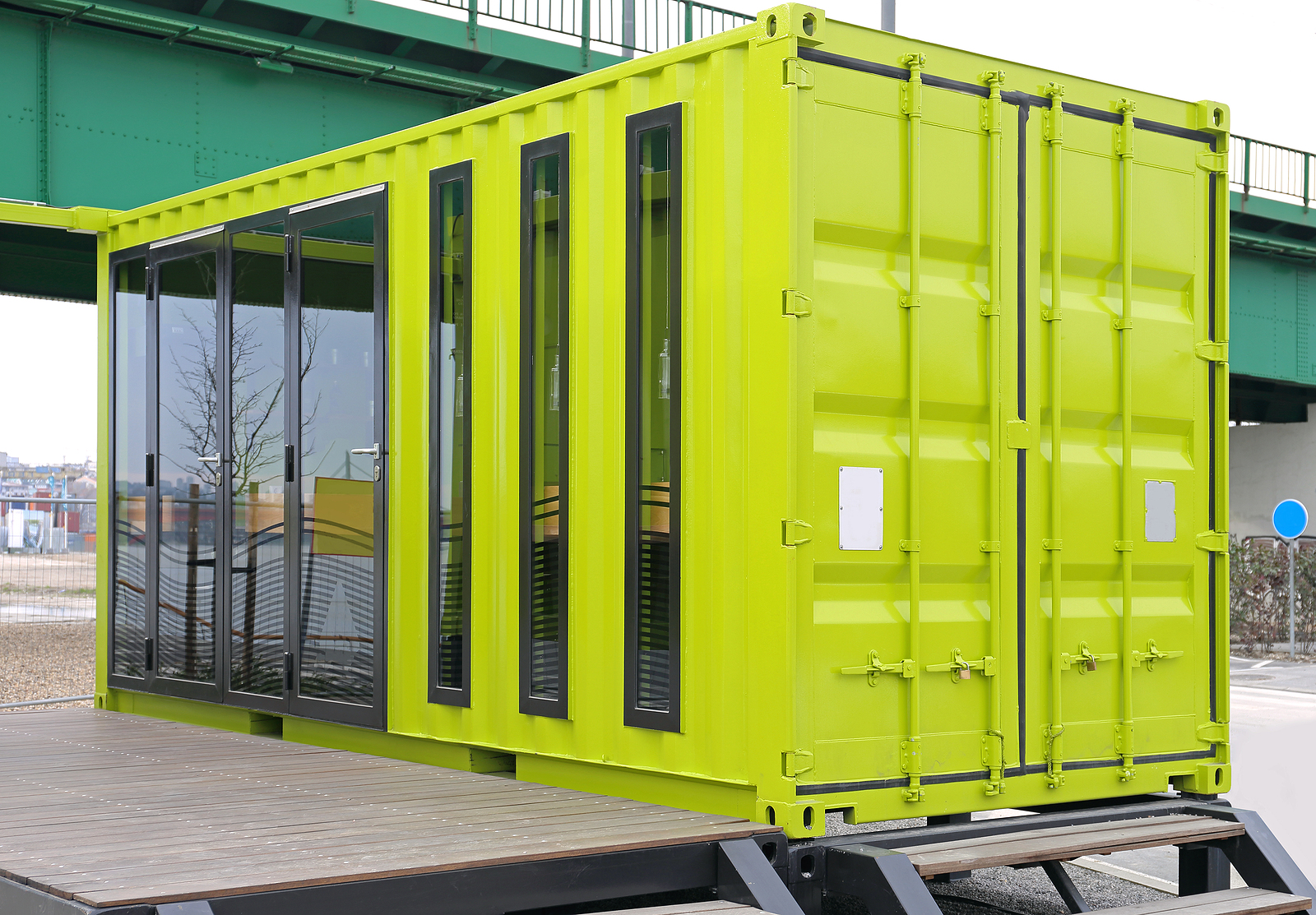One of the most interesting and fascinating aspects of shipping container conversions is how it turns something inherently transient into something permanent, and with a solid structure to use as a base, many people make the rather reasonable assertion that it is a quicker way to build as well.
Instead of spending a lot of time mixing and pouring cement and laying bricks and mortar to create a building, simply place however many shipping containers you need, in whichever configuration you need.
It is seen as a lot quicker than conventional construction techniques, but how long does it actually take to put a shipping container building together?
The answer is quite complex and depends heavily on planning and design, sourcing and preparing the containers, preparing the site, transporting the containers, putting them in place and adding essential features as required by building regulations.
The simpler the design, the fewer modifications you need to make it habitable and the less you need to prepare the ground your containers are set to stand on, the quicker the container conversion will be ready.
Typically, it will take as little as three weeks and as much as a year, depending on what needs to be done, how efficiently you can get each container ready, how readily you can source appropriate land to build upon, and whether there are any complications either physical or regulatory that could get in the way.
It should be noted that these timescales include every aspect of the construction process, from planning, design, getting relevant required planning permission, site preparation, buying the shipping containers, placing them, modifying them and turning those containers into a home.
The lower timescale is a small cabin or temporary office that uses a single shipping container, minimally adjusted to make it safe and habitable and featuring prefabricated furniture that fits within the container space.
Generally, the bigger your home, the more elaborate your design and the more modifications you need to make to the containers, the longer and more expensive it will be to complete, although naturally, the results will be that much more spectacular.
Most of this is not exclusive to shipping container construction, of course. All construction projects need careful design and planning otherwise the project will figuratively or literally collapse.
Quite a lot of the work in these different phases can also be done in parallel, although this comes with the natural risks involved with spinning multiple plates at the same time.
As shipping containers are a standard size, furniture can be ordered whilst sourcing suitable containers, the containers can be largely furnished and prepared away from the site itself and simply put together at the site itself, and the foundation work can be done whilst the containers are being readied.
As long as everything stays within the general timescales and you can afford the additional expense that will naturally incur, then you can save huge amounts of time this way, similar to how other prefabs have much shorter construction times.
Conventional building work requires everything to be done in a set order, slowing the work down, which given that labour is one of the biggest costs with construction, makes container conversions much cheaper and more efficient by itself.

